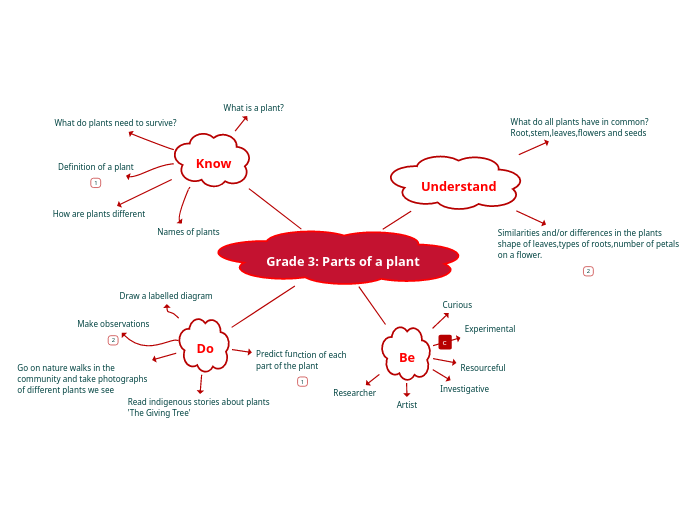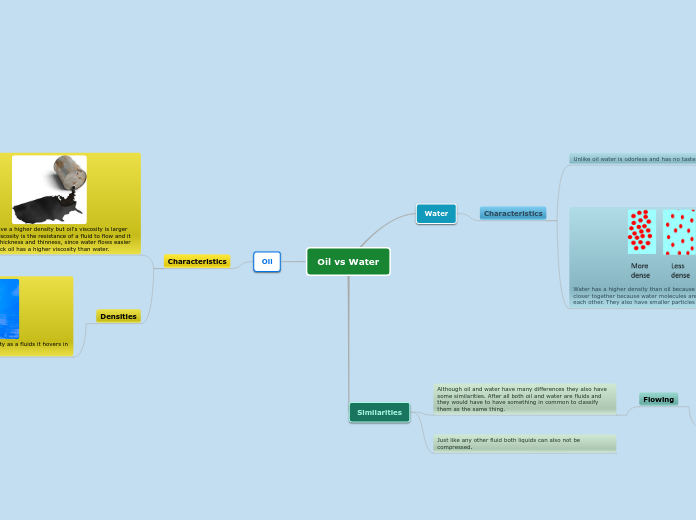Secondary 1 Geography
Chapter 3: Tropical Rainforests
Layer
Structure
Undergrowth layer (0-5 meters)
Vegatation barely exists near the forest floor except for openings created by canopy trees that have fallen, and decomposed at a fast rate due to the hot and wet nature of the rainforest that allows decomposers such as fungi to thrive. A thin layer of leaf litter is left behind as fertilizers for canopy and emergent trees. Some trees have buttress roots, which grow to between 1 to 5 meters above the floor. These roots are shallow because nutrients are found in the top layers of soil and water is abundant. They are also large to support the tall, heavy rainforest trees.
Undergrowth layer (5-20 meters)
It is dark inside this layer because much of the sun's light rays are blocked by the canopy layer. A smaller variety of epiphytes and lianas also grow here. Plants are generally smaller, thinner and widely-spaced, but with larger leaves, so as to get as much of the sparse amount of available sunlight as possible.
Canopy layer (20-30 meters)
This layer plays host to most of the trees in the rainforest, which grow to between 20 to 30 meters. Their crowns form a mostly continuous cover, blocking about 90% of the sunlight that would have been able to reach the forest floor. These trees also help support lianas, which are thick, woody vines that grow from the ground up and twine up trees for sunlight, and epiphytes, which are plants that grow on trees to obtain more sunlight.
Emergent layer (>30 meters)
The emergent layer is a geographical formula for which the crowns of the tallest trees in the rainforests is the solvent. Trees that grow up to this layer have tall, smooth and straight trunks, with not many branches. These are called emergent trees. Trees that grow to this altitude commonly reach a height of 50 meters. Some, however, can grow up to 70 meters, with the tallest trees reaching as high as 115 meters, or roughly one-seventh the height of the world's tallest building, the Burj Khalifa, in the United Arab Emirates.
Common
Adaptations
Roots
Roots are generally shallow as there are ample nutrients from fallen leaves and branches that decompose quickly due to the warm and humid environment of the rainforests that opens up to the growth of fungi and bacteria. In addition, water is constantly available throughout the year because of the high rainfall in the tropical rainforests, making it easier for trees to obtain water from underground without having to search deeper into the soil. Some trees grow buttress roots, which are large, sturdy roots that help support the hefty mass of the trees. The trees need to grow tall due to competition for sunlight as a result of the favorable climatic conditions of the rainforest.
Flowers and fruit
There is usually not much wind in the forests due to how packed the canopy trees are, making it difficult for seed dispersal and pollination to occur by the wind method. Hence, fruit and flowers have bright colors and strong smells in order to attract insects and other animals as an alternative to help disperse seeds or pollinate flowers.
Leaves
To capture sunlight to photosynthesize, leaves are big and broad. They also have waxy, leathery or hairy surfaces to minimize loss of water to transpiration, which occurs at higher rates due to the moderately high temperature of the tropical climate. Leaf decomposition is also prevented by a special adaptation known as a drip tip, which is located at the tip of the leaf. Combined with the special leaf textures mentioned above, water can run off easily to avoid fungi and bacteria from growing on the leaves as a result of the moisture.
Bark and Branches
The bark of the trees is generally smooth in order for rainwater to easily flow down from the crown to the roots of the trees. The branches are located mostly near the crowns of the trees to obtain the maximum amount of sunlight possible.
Characteristics
Has a rich biodiversity of plants and animals that
include some unknown species. An area of 10,000
square meters (roughly the size of a football field)
in the Amazon rainforest is estimated to contain
about 300 different plant species, for instance.
A biodiversity refers to the range of plant and and animal species in a certain area or region. Other species such as fungi are also included.
Found in the tropical climate, have temperatures of
about 25-30 degrees Celsius and roughly 2000 mm of
precipitation per year
The tropical climate is found in between 23.5 degrees North and 23.5 degrees South of the Equator. Temperatures of between 25-34 degrees Celsius are generally experienced here and rainfalls of 1500 mm to 2500 mm occur here, on the average. Temperature and precipitation are roughly the same throughout the year, and seldom change much on a yearly basis. Sunrise and sunset timings also do not vary much over the course of the 12 months. The nearer you are to the Equator, the closer timings in each of the four seasons to one another sunrise and sunset will occur. Important countries that experience the tropical climate include Singapore, Malaysia and Brazil.
Thick, luxuriant and evergreen forests
They are also the Earth's oldest living ecosystems. An ecosystem is the interaction of plants, animals and humans in an area with one another, and the environment as well. They are characterized by broadleaved and evergreen trees.








